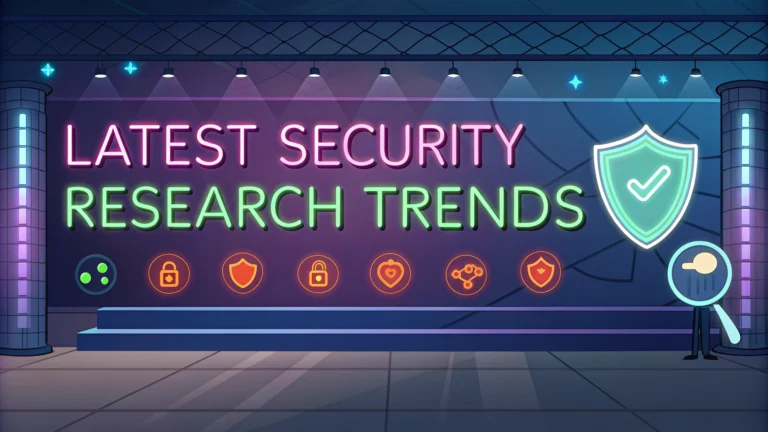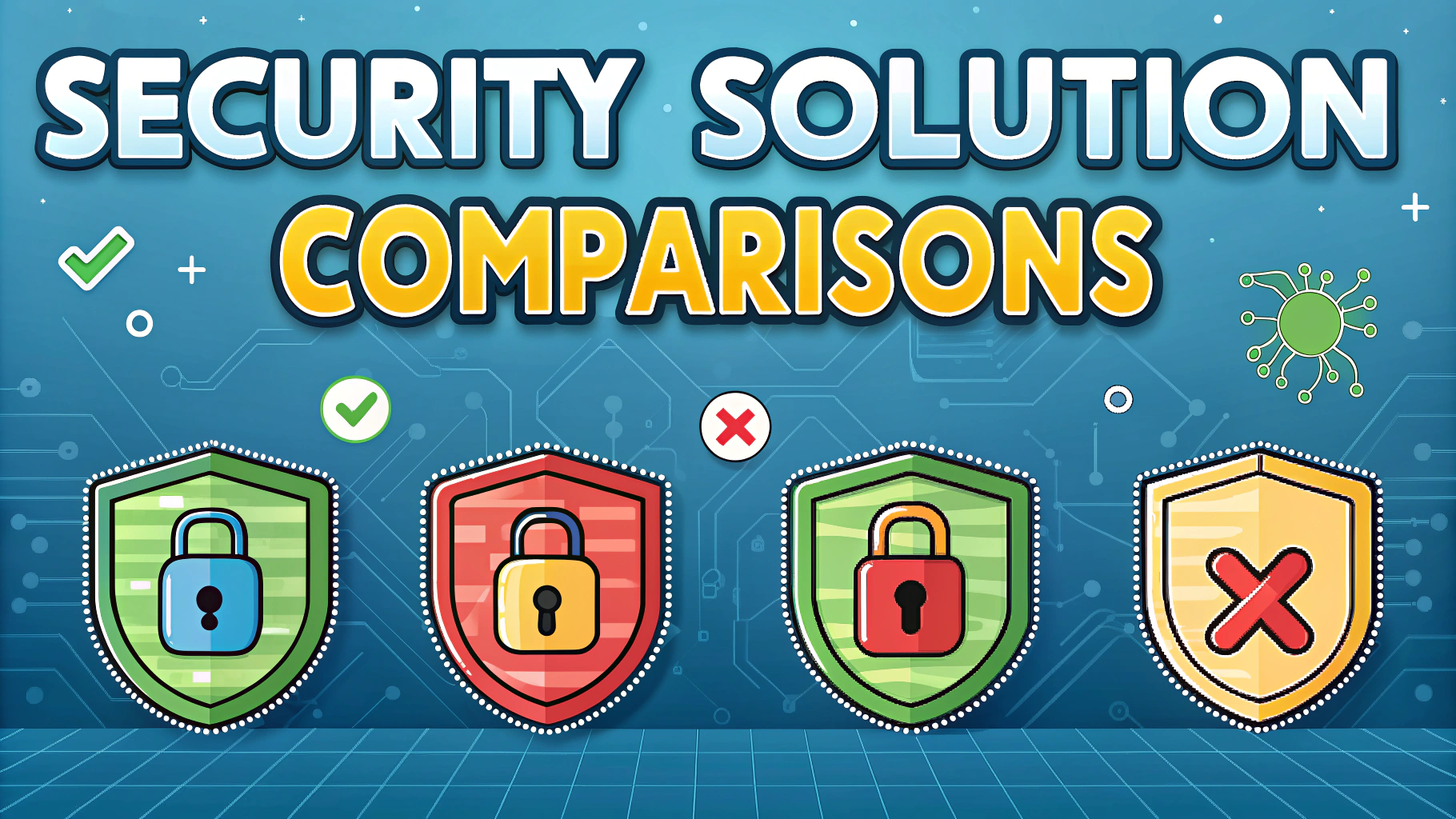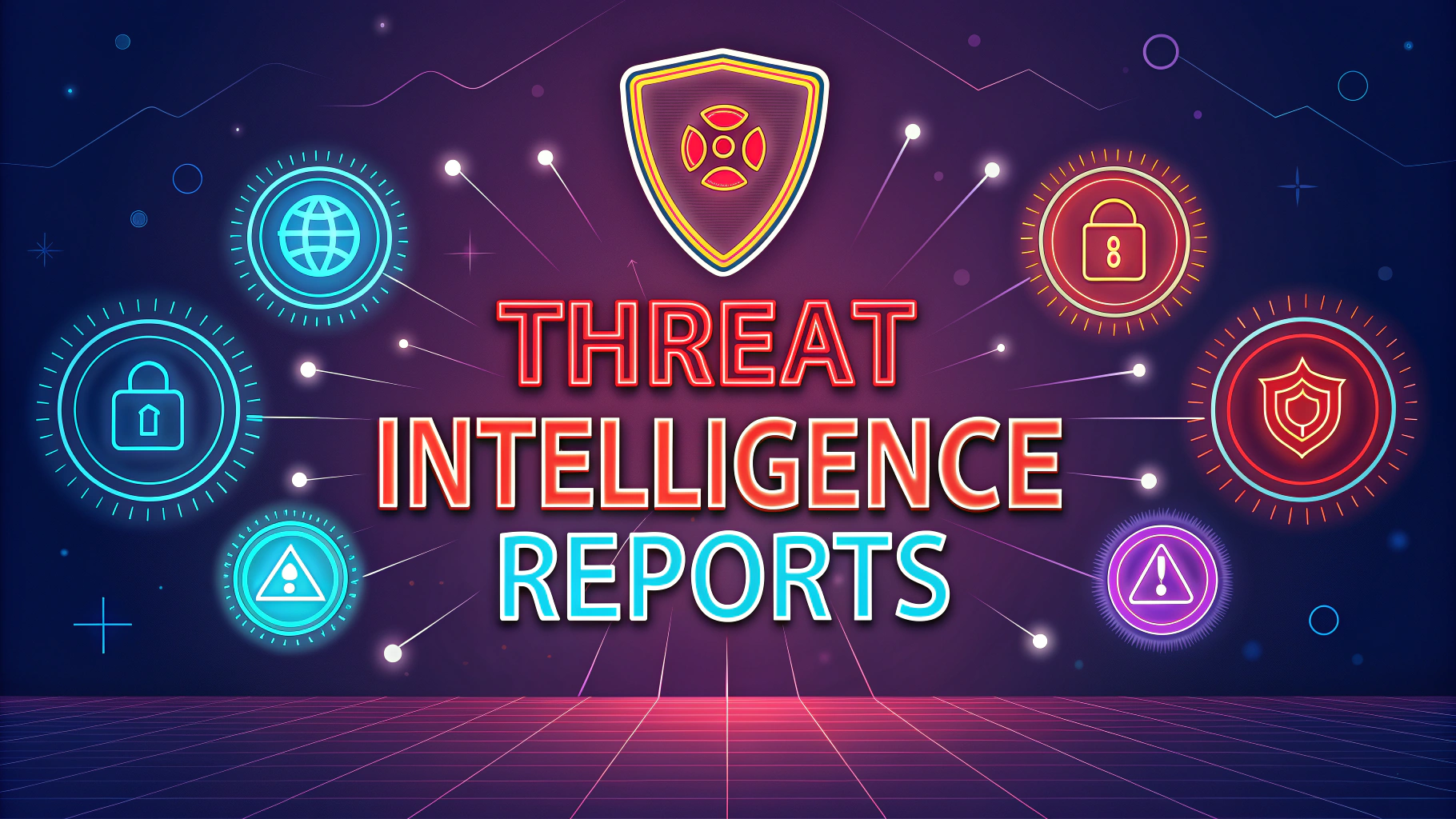Security researchers have identified several emerging trends in penetration testing that reshape how organizations assess and strengthen their cybersecurity posture.
The rise of automated penetration testing tools, combined with artificial intelligence capabilities, enables more efficient vulnerability scanning and exploitation attempts at scale.
Remote work environments have expanded attack surfaces significantly, making comprehensive penetration testing more complex but essential for protecting distributed systems.
Key Penetration Testing Trends
- Cloud-native penetration testing approaches
- API security testing automation
- Mobile application security assessments
- IoT device vulnerability testing
- Supply chain security testing
Automated Testing Evolution
Advanced scanning tools like Burp Suite Professional, Acunetix, and Nessus are incorporating machine learning to detect complex vulnerabilities more accurately.
Popular Automation Tools
- Metasploit Pro – https://www.rapid7.com/products/metasploit/
- OWASP ZAP – https://www.zaproxy.org/
- Nmap – https://nmap.org/
Cloud Security Testing
Cloud infrastructure testing now requires specialized tools and methodologies designed for containerized environments and serverless architectures.
Key Focus Areas
- Container security scanning
- Kubernetes cluster testing
- Serverless function assessment
- Cloud configuration review
Mobile Security Assessment
Mobile app penetration testing has evolved to address new threat vectors in both Android and iOS platforms.
Testing Tools
- MobSF – Mobile Security Framework
- Drozer – Android security testing
- iMAS – iOS Mobile Application Security
IoT Security Testing
IoT penetration testing focuses on hardware interfaces, wireless protocols, and firmware vulnerabilities.
Testing Components
- Physical device security
- Communication protocol analysis
- Firmware reverse engineering
- API endpoint testing
Supply Chain Security
Third-party vendor assessments and software composition analysis have become standard components of modern penetration testing.
Assessment Areas
- Vendor security posture
- Third-party integrations
- Software dependencies
- Code repository security
Next Steps in Security Testing
Organizations should implement continuous security testing programs that combine automated and manual penetration testing approaches.
Regular security assessments, coupled with vulnerability management programs, help maintain strong security postures.
Contact professional penetration testing services like HackerOne or Bugcrowd for expert assistance in implementing these trends.
Compliance and Regulatory Testing
Penetration testing programs must align with various regulatory requirements and industry standards to ensure comprehensive coverage.
Key Frameworks
- GDPR compliance testing
- PCI DSS requirements
- HIPAA security rules
- SOC 2 assessments
Advanced Social Engineering
Modern penetration testing incorporates sophisticated social engineering techniques to evaluate human-centric security controls.
Testing Methods
- Phishing simulations
- Vishing campaigns
- Physical security assessments
- Employee awareness testing
DevSecOps Integration
Security testing is shifting left into the development pipeline, enabling early vulnerability detection and remediation.
Implementation Areas
- CI/CD pipeline security
- Infrastructure as Code testing
- Automated security gates
- Container registry scanning
Strengthening Security Resilience
Organizations must adapt their security testing strategies to address evolving threat landscapes and technological advancements. Implementing a multi-layered approach combining automated tools, manual expertise, and continuous assessment frameworks ensures comprehensive security coverage.
Regular evaluation of security testing programs, along with adoption of emerging tools and methodologies, helps maintain robust defensive capabilities against sophisticated cyber threats.
Stay current with security testing trends and partner with reputable security firms to develop effective, forward-looking penetration testing strategies that protect critical assets and data.
FAQs
- What are the emerging trends in modern penetration testing?
Cloud security testing, IoT device testing, API security assessments, AI-powered penetration testing tools, and DevSecOps integration are the latest trends in penetration testing. - How is AI and Machine Learning impacting penetration testing?
AI and ML are being used to automate vulnerability scanning, predict potential attack vectors, analyze patterns in large datasets, and enhance the efficiency of security assessments while reducing false positives. - What role does containerization security play in current penetration testing?
Container security testing focuses on identifying vulnerabilities in Docker images, Kubernetes clusters, and container orchestration platforms, ensuring secure deployment in cloud-native environments. - How are mobile application security assessments evolving?
Modern mobile app testing includes API security analysis, runtime application self-protection (RASP) testing, and assessment of biometric authentication implementations. - What are the latest developments in IoT penetration testing?
IoT penetration testing now includes firmware analysis, radio frequency testing, hardware security assessment, and evaluation of device communication protocols. - How is Zero Trust architecture affecting penetration testing approaches?
Zero Trust testing focuses on continuous validation, identity-based access controls, and micro-segmentation testing to ensure security at every access point. - What are the current trends in web application penetration testing?
Modern web application testing includes GraphQL security assessment, serverless function testing, and evaluation of progressive web apps (PWAs). - How is compliance testing integrated into modern penetration testing?
Penetration testing now incorporates specific requirements for GDPR, CCPA, PCI DSS, and other regulations, with automated compliance checking tools. - What role does red teaming play in current security assessments?
Red teaming has evolved to include adversary emulation, threat intelligence integration, and purple teaming exercises for more comprehensive security evaluation. - How are supply chain attacks influencing penetration testing scope?
Supply chain security testing now includes third-party dependency analysis, software composition analysis, and evaluation of CI/CD pipeline security.








